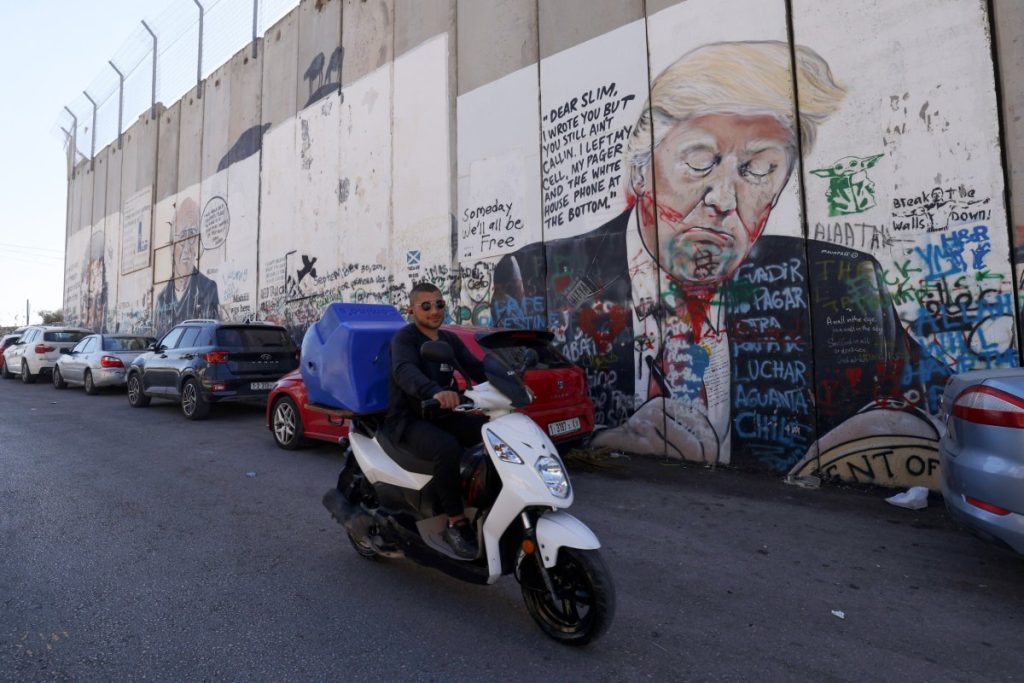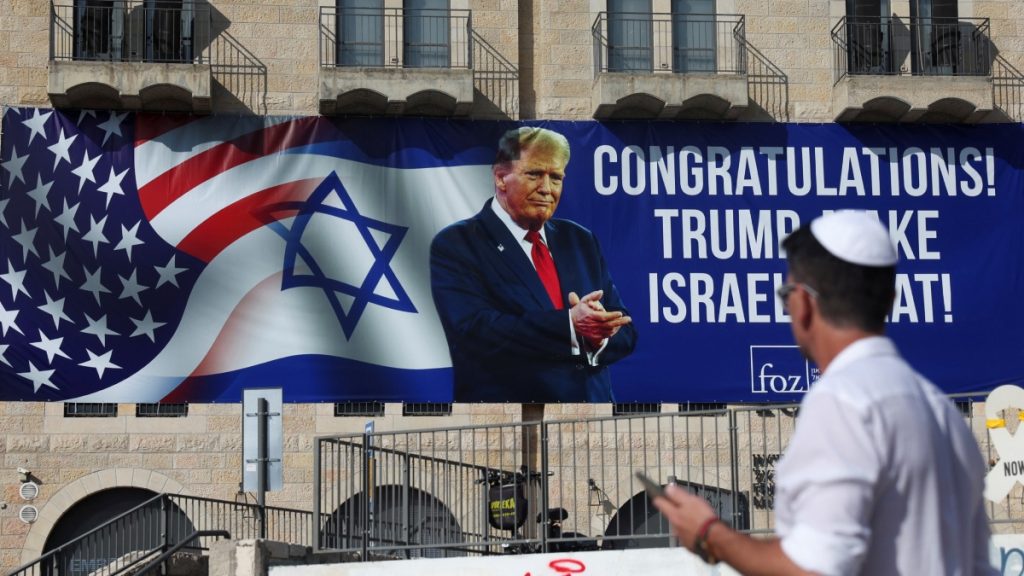No products in the cart.
World News
Hamas Calls for Ceasefire After Trump’s Election Win Amid Ongoing Israel Conflict
Background of the Israel-Hamas Conflict
The recent escalation between Israel and Hamas in Gaza began after a violent October 7 attack that claimed numerous lives on both sides. Hamas, the Palestinian organization governing Gaza, intensified hostilities following heightened tensions over territorial disputes and military actions. The ongoing conflict has deeply impacted Gaza, with Israeli forces targeting Hamas leaders, resulting in significant casualties among the group’s high-ranking officials. Key figures like Yahya Sinwar, a top Hamas leader, have either been killed or targeted, fueling further hostilities and affecting regional stability.

Trump’s Election and its Geopolitical Implications
Following Donald Trump’s unexpected election win, Hamas officials quickly issued statements urging an immediate ceasefire, potentially viewing his leadership as an opportunity for diplomatic shifts. Historically, Trump’s policies were perceived as favoring Israel, yet his administration’s position included regional stabilization efforts. In light of Trump’s election, Hamas has reportedly seen a window to negotiate peace, hoping he may influence Israeli military actions or intervene in the ongoing conflict, signaling a strategic shift for both sides to potentially broker a ceasefire.
Response from Israeli and U.S. Leadership
Israel’s response has remained firm, with Prime Minister Benjamin Netanyahu vowing to continue operations against Hamas until its military capacity is dismantled. Israel’s official stance has been to neutralize any threats posed by Hamas, as evidenced by recent military actions targeting high-level Hamas officials and infrastructure in Gaza. The Biden administration, meanwhile, has maintained a critical view of Israel’s handling of humanitarian aid in Gaza, reflecting a nuanced stance that combines strategic support with diplomatic caution on regional peace efforts.

International Reactions and Humanitarian Concerns
Global reactions have varied, with nations and organizations like the United Nations and Qatar urging restraint from both sides. Concerns over civilian casualties and displacement of residents in Gaza have led to calls for international intervention. The humanitarian toll has been staggering, with over 42,000 fatalities reported. Efforts to create safe passage for civilians have met challenges as both Hamas and Israel maintain conflicting positions on the terms of any ceasefire, complicating global peace and aid initiatives.
Prospects for Peace and Future Challenges
The possibility of a lasting ceasefire between Hamas and Israel remains complex, with both sides facing internal and external pressures. While Hamas’s call for a ceasefire following Trump’s election shows an openness to negotiate, Israel’s stance hinges on complete demilitarization of Hamas-controlled areas. The broader challenge involves addressing the core political grievances on both sides, which include sovereignty, territorial claims, and humanitarian rights. As international actors continue to advocate for peace, lasting resolutions will likely require sustained diplomatic efforts.
Conclusion
The recent election of Donald Trump has stirred diplomatic expectations within the Israel-Hamas conflict, but the path to peace remains fraught with obstacles. Both sides appear entrenched in their positions, requiring considerable international involvement to mediate effectively.
From Viraldes


